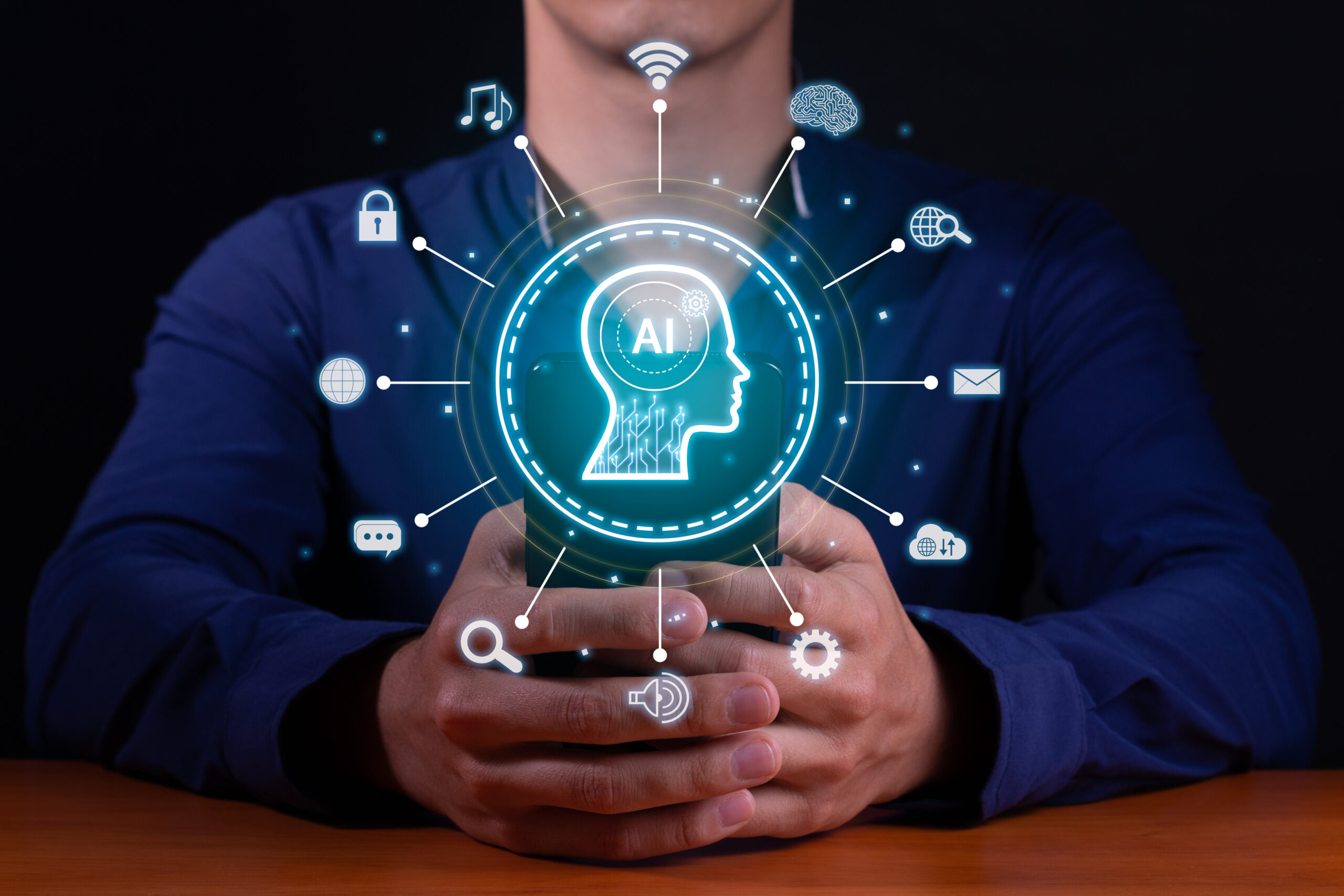
Business today, both big and small, is racing to adopt artificial intelligence solutions that can help improve productivity and streamline processes as well as discover new avenues for growth. Among these technologies, generative AI solutions are taking a fair amount of attention because they can generate new content, designs, and even predictive models. Indeed, generative AI transforms the way companies operate, but how scaleable are these solutions for growing businesses?
In this article, we are going to consider the scalability of generative AI, why it is so important for any growing business, and how AI development services can help.
What Are Generative AI Solutions?
Generative AI refers to a class of AI models that can create new content- text, images, or even music learning patterns from existing data. Such AI systems, working with algorithms like GANs and language models like GPT, can generate outputs that go very close to human-crafted content. Generative AI solutions might save businesses both time and resources in the future as they can automate marketing content generation, product design, and creative solutions.
For example, a fashion company might leverage the use of generative AI in coming up with innovative patterns for clothes that happen to be new in fashion according to trending recent trends, whereas a media company might leverage it to generate automated news articles or content tailored to customers’ preferences and tastes. The prospects are endless, but do they scale as businesses grow?
Why Scalability Matters to Growing Businesses
Any business, particularly one that is rapidly growing, needs to be scalable. How was what worked for the small company going to be enough for the mid-sized operation and how was that going to scale up to an organization that had thousands of employees? One thing that can grow along with the company is something scalable-that has the capacity for stretching and expanding, increasing demand without losing efficiency or effectiveness in the doing of things.
Scalability exists in several key areas when generative AI solutions are used correctly. Any business, whether looking to automate the creation of their content, improve customer service, or speed up the development of new products, can count on AI for use in expanding business to new markets and taking on larger customer bases. Unless their intentions are carefully planned, though, their enterprise’s generative AI tools may quickly falter from the weight of rising needs.
How AI Development Services Help Enable Scalability
The scalability of generative AI solutions is not automatic and rather depends considerably upon the underlying architecture, data fed into it, and how well it integrates with current business processes. It is here that AI development services come into the picture.
AI development services will provide business organizations with the technical know-how to succeed in customization and scaling the generative AI solutions they desire. This ranges from the design of AI models that can accommodate more extensive datasets, to ensuring that their cloud infrastructure is robust enough for increased workloads and employee activity with an emphasis on delivering scalable solutions for meeting the demands of growing businesses.
Furthermore, the services ensure that generative AI models are constantly updated and optimized to continue to be relevant and effective as the business requirements keep changing.
Data Management: The Back to Which Scalable Generative AI Solutions Depend
Any kind of AI is based upon data, and so is the generative AI. As a company grows, the amount of information generated increases exponentially. Thus, companies need to ensure that their means of dealing with data are efficient, handling large datasets that will not jam up the space such an AI occupies in a computer.
AI development can also contribute to the development of data pipelines for data collection, cleaning, and organizing efficiently. Data pipelines allow high-quality input data to be supplied to the generative AI model, which the model uses to provide the desired output with greater accuracy and applicability. As businesses scale, these data pipelines can also expand to fit larger amounts of information so that the AI system can maintain maximum efficiency.
Automation and Efficiency Gains
One of the biggest advantages of generative AI solutions is the ability to automate labor-intensive tasks that otherwise require human input. Scaling growing businesses depends on automation.
For instance, a marketing agency will use generative AI to create ad campaigns for thousands of customers without calling a gigantic team of designers and copywriters. This is also an instance where an e-commerce platform would use AI-driven tools to generate product descriptions and write reviews automatically from customers, saving time and letting the business focus elsewhere to grow.
With increasing businesses, the need to automate as many processes as feasible has become more important than ever. The use of AI development services can empower businesses to develop AI systems that not only automate ongoing processes but also grow to cater to the increasing workload as the company expands.
Cloud Integration: A Foundation for Scalability
Yet another importance lies in scaling generative AI with cloud infrastructure. It will provide the necessary high computational power to build generative models. The actual demand for these resources, in turn, will exponentially increase as businesses continue to expand.
By integrating generative AI solutions with the cloud, businesses could access any level of computational power that they require without needing expensive hardware. The cloud provides fluid upscaling and downscaling of resources according to demand; therefore, the business will be able to handle greater datasets and more complex tasks as the business expands.
Cloud integration is just one of such services typically provided in AI development services, which enable a business to deploy its cloud-based AI systems and acquire management abilities that will scale along with its operations.
Human Oversight Role
In many tasks, generative AI can automate them, but what most businesses do today is provide human oversight, especially when businesses scale. The more businesses scale, the more complex maybe the tasks that the generative AI solutions are handling. This is why there’s now an opportunity for human intervention to validate whether the AI is working or the outputs are in line with the company’s goals.
AI development services also often provide monitoring tools and support to help businesses monitor their scaling AI systems. This ensures that the generative AI solution will continue to stay closely aligned with the business objectives if those objectives change over time.
Future-Proofing Generative AI Solutions
One of the concerns about AI is that technology is changing with the speed of light. What works today may not work in a few years. What is needed for the scaling of a business is future-proofing generative AI solutions.
This will be where AI development services come in handy, ensuring that the models and infrastructure applied to the AI are flexible enough to adapt to future technologies. While this may range from updating the AI system to run along with new algorithms to integrating other, more complex tools, such as machine learning or predictive analytics, future-proofing will ensure the AI solution remains viable as the business continues to grow.
Conclusion
Generative AI solutions are tremendous for growing businesses, enabling them to automate processes, enhance creativity, and scale business operations, in the right way. However, the scalability of these solutions is fully dependent upon proper planning, robust management of data, cloud integration, and continuous human oversight.
It is through AI development services that scalable and adaptive generative AI systems will become available to businesses that are in growth. These services will help a business fully exploit the potential of generative AI and be positioned effectively for competition within the ever-changing rapidly evolving market.





